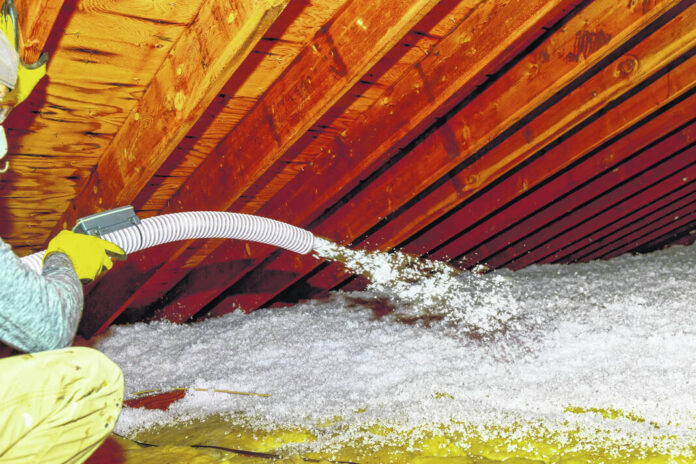Were you ever told by a parent or teacher that you must wear a hat in cold weather because you lose the most heat from your head? That’s true of your home, and it applies to losing cold air as well as heat.
Attic insulation may be low on your list of glamorous home improvements. Indeed, there’s a good chance you’ve never thought about it. But like the hat you wore on the way to school, attic insulation provides essential protection to the part of your home most likely to lose energy. You pay a lot of money to cool your home in summer and warm it in winter, and a poorly insulated attic can leak out that climate-controlled air in no time.
If you think you’re losing energy due to a poorly insulated attic, hiring an insulation pro to take a look is a good idea. Indeed, even if you don’t have suspicions, it’s not a bad idea to get your attic looked at by a pro if it’s never been inspected before. A pro can identify if there’s enough insulation and of the proper type, and they’ll make recommendations about the best path to solve the problem.
On average, you’ll pay between $1,700 and $2,100 to insulate an attic, though those costs can go up and down based on your home size and insulating material.
Here’s a look at the basic types of attic insulation and their pros and cons:
Reflective insulation: $.50-$1.50 per square foot
This insulation is made from a reflective material such as aluminum foil. It’s reasonably effective at reflecting away heat in warm climates but doesn’t work well in cold temperatures without other types of insulation to augment it.
Blow-in: $1-$4 per square foot
A machine blows this kind of insulation into all the nooks and crannies. It uses tiny fibers and fiberglass to cover the area. It’s easy to install and made of cheap materials, but it doesn’t last as long as others.
Batt: $2-$4 per square foot
These long rolls of fiberglass, fiber and cellulose work well in attics because they’re best used in standard-sized spaces. They’re practical and easily installed so long as they don’t need to be squeezed into unusually shaped areas.
Spray foam: $2-$5 per square foot
Spraying in foam insulation is an excellent solution to tight layouts. This sprays foam in to fill an entire area. You can get it in either open-cell or closed-cell forms. Closed-cell costs a little more but resists moisture more effectively.
Loose-fill: $2-$5 per square foot
This looks like blown-in insulation but is laid manually rather than blown by a machine. It works well in attics, where it can be easily laid down.
Structural insulated panels: $4-$7 per square foot
These boards are among the most expensive insulation methods, but they’re also the most effective. However, they don’t fit non-standard spaces very well, and they’re harder to retrofit into existing spaces, so they work best in new construction.
Tweet your home care questions with #AskingAngi and we’ll try to answer them in a future column.







